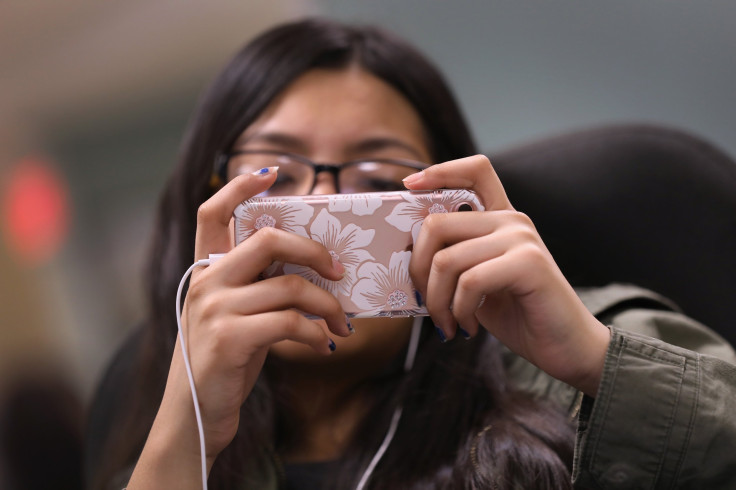Smartphone Dangers: Child Injuries Increased 10 Percent In 3G iPhone Era

Injuries among young children under five years old increased by 10 percent from 2005 to 2012 and a new study says their distracted parents’ use of smartphones is the root cause.
According to the Centers for Disease Control and Prevention, emergency room visits increased substantially between 2005 and 2012 despite a parallel expansion of child safety standards that should have curbed these numbers. Craig Palsson of Yale University published the study online Tuesday, "Smartphones and Child Injuries, and connected the simultaneous expansion of AT&T’s massive 3G network on the iPhone to see how the modern smartphone era correlated to child injuries.
For his study, Palsson found a clear urban-rural pattern after comparing the geographical distribution of hospitals to the distribution of hospitals that were part of the 3G network when Apple released the iPhone in 2007. Using population density figures around these hospitals in tandem with data for nonfatal child injures from the National Electronic Injury Surveillance System (NEISS), Palsson found a clear connection between “consumer product” related child injuries and the iPhone’s 3G network.
AT&T issued press releases announcing the cities where the company had extended coverage, which allowed Palsson to track its availability next to consumer product related injuries in local emergency rooms.
Injuries in these areas increased by 9 percent in the “3G period,” although children over the age of 5 saw no increase whatsoever during this same time period. The study found an extra 79,913 injuries by 2011, when the 3G coverage expansion ended. According to the Pew Research Center, 7 percent of all Americans owned a smartphone and had a child under the age of 5 during these years. The newfound ability to browse the internet, stream videos, and easily send and receive emails allowed for widespread distraction that separated normally over-focused parents from their children’s activities.
Using parent-child interaction data, the study finds that the “rapid adoption of smartphones” affected the nonfatal, unintentional injury jump in children under the age of 5 during this same time period.
The rollout of the 3G network showed a causal effect on smartphone-induced child injuries. Hospitals saw an increase in emergency room visits after receiving 3G coverage, but only for kids under the age of five. The activities associated with the injuries that sent the children to the hospitals was “consistent with parents being distracted.”
Palsson acknowledges that the study results have “ambiguous welfare implications” because of the unobservable causes of actual injury.
“Because injuries occur immediately and can require costly care, one would think parents would be extra diligent in avoiding distractions,” reads the study, published Nov. 7 in Science Direct. “Age-specific injury patterns on playgrounds, from poisoning, and in sports further support the conclusion that smartphones distract caregivers.”
The study notes that the infrastructure from AT&T’s massive 3G network allowed for it to establish its market quickly with, with consumers buying 20 million iPhone units and downloading 1.5 billion applications in Apple’s first year. “Adoption of the iPhone is clearly the major change in the market during this period,” writes Palsson.
© Copyright IBTimes 2025. All rights reserved.




















